You are here
This amazing trip takes hikers through old-growth forest, along naked ridges, around flowering meadows, and to the banks of alpine lakes. The route begins at the Sol Duc Trailhead and passes Sol Duc Falls. The term Sol Duc means "sparkling waters," and it is not difficult to understand why. The Sol Duc is one of the only rivers in the Olympic Peninsula that supports all five species of Pacific salmon.
Near Sol Duc Falls the Deer Lake Trail will lead south and start a steep climb up to Deer Lake. Many day hikers go only as far as Deer Lake, and backpackers will notice that the trail becomes less traveled past this point. After leaving Deer Lake, the High Divide Trail will wander past shallow lakes and in and out of the forest. During wildflower season, the colors in this area are stunning. The path continues to rise as the vistas become expansive and breathtaking.
Approximately 1 mile before the trail splits to go down to the Seven Lakes Basin, hikers will encounter the "Miracle Mile," a stretch of trail that is known for its wildflower variety. The split for the Seven Lakes Basin is well marked. The path winding down to the Seven Lakes Basin is steep and consists of man-made steps and switchbacks. While the adventure down to the basin is additional work, it is well worth a cool dip in the sapphire blue waters of Lunch Lake.
Hikers continuing along the High Divide Trail will want to watch the valley floor below, as a herd of resident elk frequents the area. The trail soon will reach the Hoh Lake junction. Around this area a path will climb up to Bogachiel Peak. The view of Mount Olympus and the Bailey Range from this peak are breathtaking and not to be missed. Once past Bogachiel Peak, hikers will continue on the High Divide Loop to the appropriately named Heart Lake. Berries are common in this area in the late summer and fall, and so are black bears looking for a sweet snack. From Heart Lake, hikers will find very few climbs in terrain as the route begins to descend. The trail down through Sol Duc Park brings hikers back into thick, lush forest areas near the Sol Duc River. Here hikers will find some of the park's oldest growth hemlock and fir in the area past Appleton Pass Trail. The area will become familiar again as hikers exit back past Sol Duc Falls.
Note that bear canisters must be used in this trail system, and that all overnight trips in Olympic National Park require a wilderness camping permit.

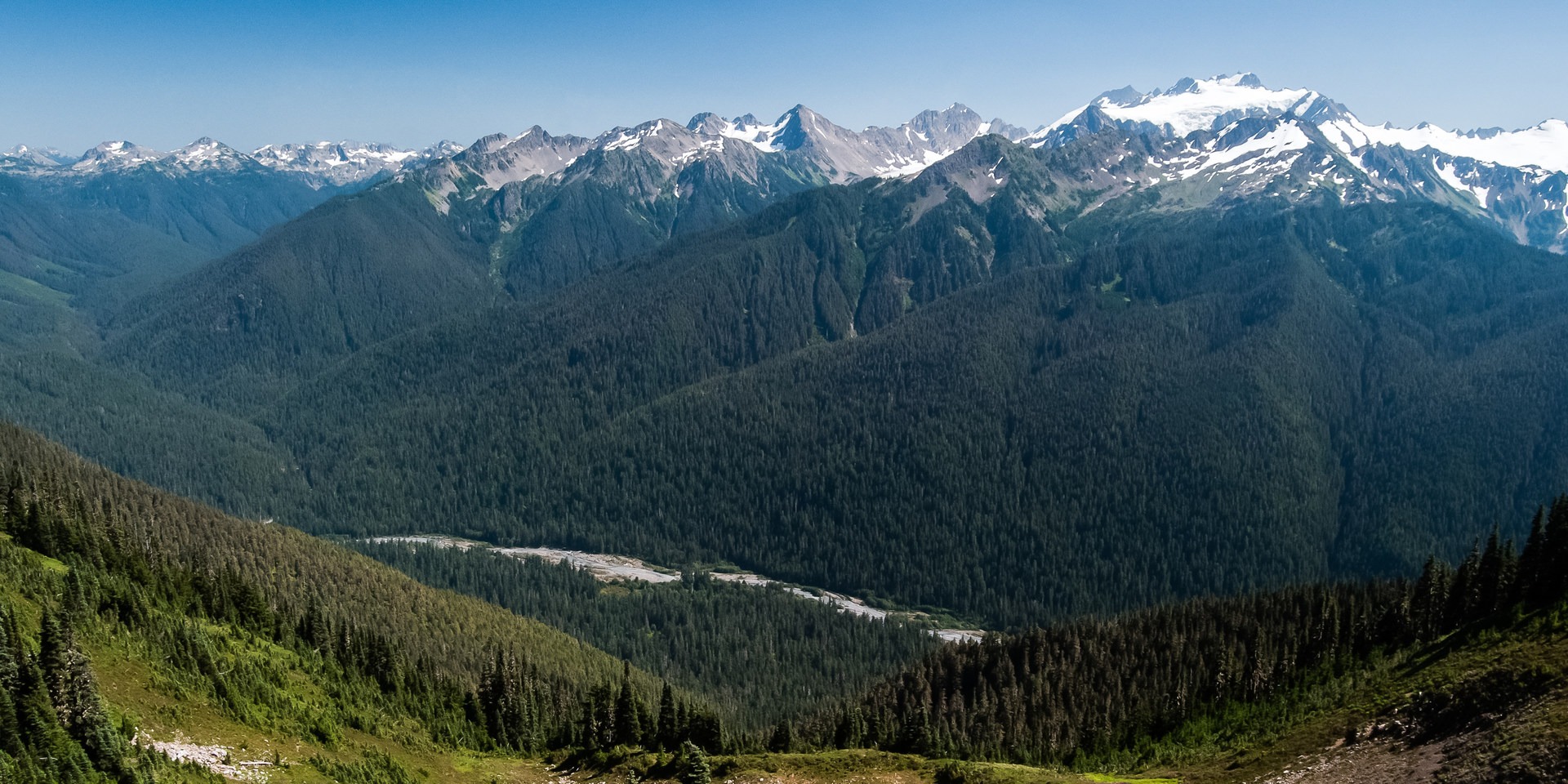
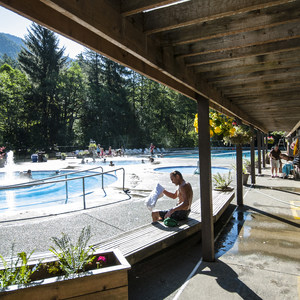
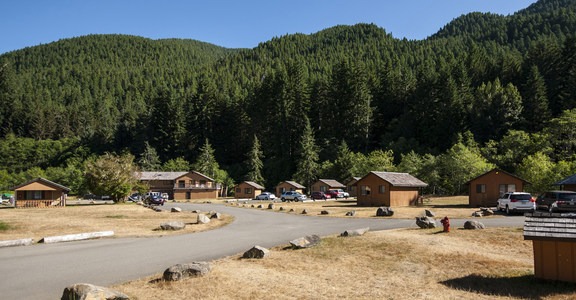
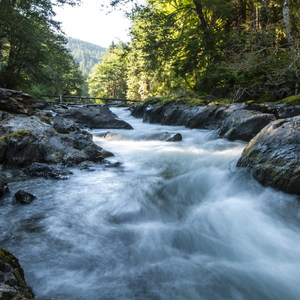
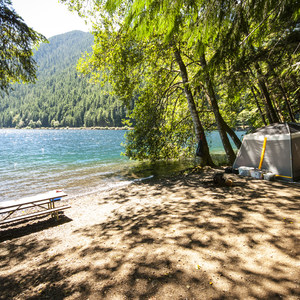
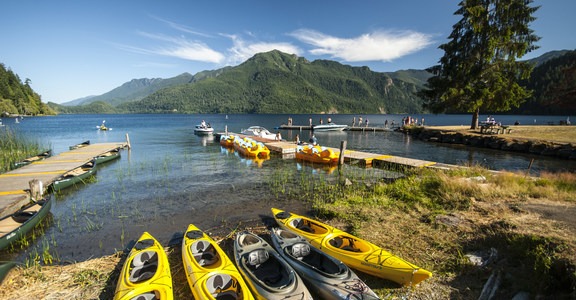
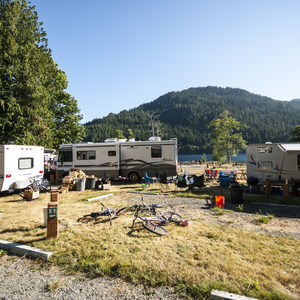



Comments
Sign In and share them.